Precision Stainless Steel Coil & Strip
Eagle Metals is a leading U.S. stainless rerolling mill specializing in precision stainless steel coil and strip for industries that demand the highest quality and the tightest tolerances. With decades of expertise, our advanced stainless rerolling mill produces light gauge, precision stainless steel coil and strip in grades including 301, 302, 304/304L, 305, 316/316L, 410, 420, and 430—crafted to meet a wide range of technical requirements.
U.S.-Sourced Stainless Steel
A key advantage of working with Eagle Metals is our commitment to U.S. sourcing—98% of our stainless steel is domestically sourced. This shields our customers from Section 232 tariffs. Our Leesport, PA stainless rerolling mill combines state-of-the-art equipment with a knowledgeable team to handle even the most demanding specifications.
tight tolerance stainless steel coil grades
Choose from a wide range of light-gauge tight tolerance stainless steel strip grades to ensure the right characteristics for each application.
300 series
Austenitic stainless steel grades are nonmagnetic and offer high corrosion resistance, durability, and ductility. These grades have a high chromium content and can be cold-hardened.
Common grades for fabrication include:
- 301
- 302
- 304/304L
- 305
- 316/316L
400 series
Martensitic stainless steel grades include chromium and carbon, which gives them excellent strength, hardness, and wear resistance, as well as moderate corrosion resistance.
These grades can be heat-treated and hardened for superior durability in industrial environments.
Choose from:
- 410
- 420
We also offer a few ferritic grades of stainless, including 430.
Tight Tolerance Stainless Steel Strip and Coils for Any Application
explore all industriesWe manufacture precision stainless steel products with tight tolerances for countless applications:
- Aerospace assemblies
- Medical devices
- Industrial production systems
- Automotive parts
- Decorative structural components
- Boilers
- Pressure vessels
Quality is of the utmost importance, allowing us access across industries, including automotive, aerospace, construction, marine, chemical processing, and food services.
resources
Explore our Stainless Steel Literature Resources.
Fully Customized Tight Tolerance Stainless Steel Coil for Your Needs
We are a stainless rerolling mill that offers complete order customization when it comes to tight tolerance stainless steel coil. We can take on both small-scale orders (100 lb MOQ) and massive projects (40,000 lb coils) in many configurations. Contact us for one-on-one ordering assistance right away.
explore our CAPABILITIES
Eagle Metals is a precision reroll mill, specializing in light gauge, tight tolerance, metal coil and strip.










